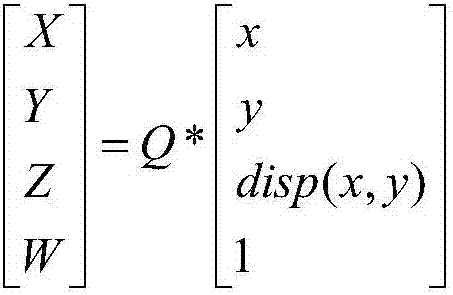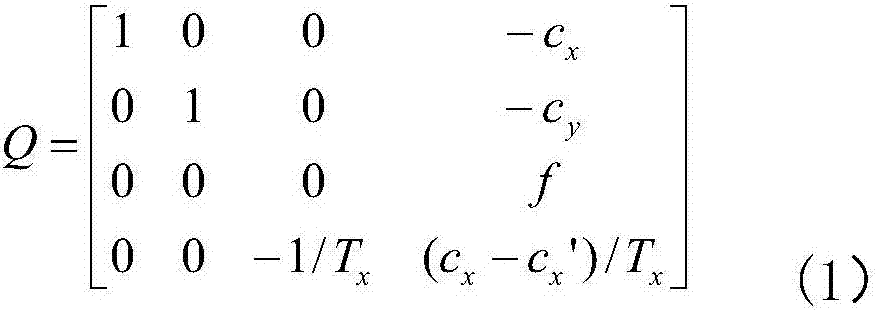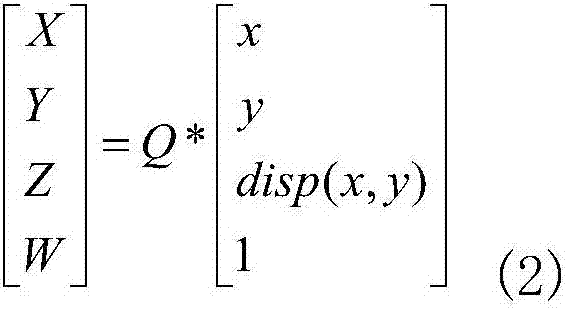3D tooth imaging modeling method
A modeling method and tooth technology, applied in the field of modeling, can solve problems such as unfeasible operation, difficult to control costs, and large volume of laser radar, etc., to achieve the effects of improving treatment experience, rapid acquisition, and reducing waste
- Summary
- Abstract
- Description
- Claims
- Application Information
AI Technical Summary
Problems solved by technology
Method used
Image
Examples
Embodiment Construction
[0030] The design concept of the present invention is: use a binocular camera to collect dental images of the oral cavity, perform filtering and noise reduction processing on the collected images, perform stereo matching on the processed left and right images to obtain a disparity map, and obtain object three-dimensional point cloud data, Surface reconstruction is performed on the point cloud data to obtain a 3D model.
[0031] The present invention comprises the steps:
[0032] Step 1: The binocular camera acquires the dental image of the oral cavity.
[0033] Step 2: Perform noise reduction filtering on the tooth image.
[0034] For the acquired image to filter and denoise, the basic idea is as follows:
[0035] let f ij is the gray level of point (i, j), A ij is the current working window, f min , f max and f med A respectively ij The gray minimum, gray maximum and gray median in A max The default allowed maximum window. The steps of adaptive median filtering are ...
PUM
 Login to View More
Login to View More Abstract
Description
Claims
Application Information
 Login to View More
Login to View More - R&D
- Intellectual Property
- Life Sciences
- Materials
- Tech Scout
- Unparalleled Data Quality
- Higher Quality Content
- 60% Fewer Hallucinations
Browse by: Latest US Patents, China's latest patents, Technical Efficacy Thesaurus, Application Domain, Technology Topic, Popular Technical Reports.
© 2025 PatSnap. All rights reserved.Legal|Privacy policy|Modern Slavery Act Transparency Statement|Sitemap|About US| Contact US: help@patsnap.com



